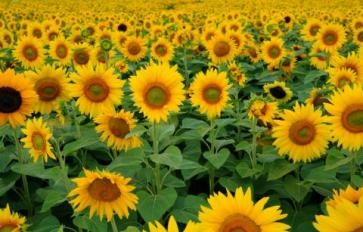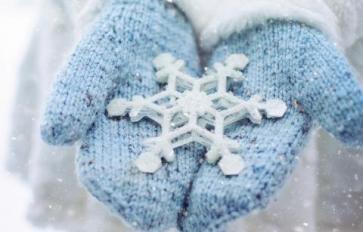
A soothing cup of lemon balm tea at the end of a long day can be a lovely respite. Many commercial herb teas have instructions to steep for something like 3-6 minutes. This is fine for a simple “beverage” tea, but is inadequate for a truly medicinal brew. By medicinal I mean strong enough to have a desired effect on mind, body and/or emotions beyond simply enjoying a good cup of tea.
A side note: “tea” technically refers to Camillia sinensis, from which black, green, and white teas come. Herbal teas are “tisanes,” or even more technically referred to by us practicing herbalists as “hot infusions,” “cold infusions,” or “decoctions.” To be honest, I usually say just “tea” for them all unless there’s a reason for being more specific.
So, what’s with these complicated-sounding teas?
Hot Infusions
A hot infusion is how most folks make their tea. You’ve likely done it many times! Heat water, pour over herbs, steep, and drink. If it’s a loose leaf tea, strain it first unless you want plant stuff stuck between your teeth. Hot infusions are good for delicate plant parts like leaves and flowers that would be damaged by boiling.
The difference between a beverage versus a medicinal cup of tea by this method? The length of time you steep it. Why do so few herb tea brands say to steep your tea for more than a handful of minutes? Because the taste will be strong and, perhaps, unpleasant for some folks.
Making A Hot Infusion:
- Boil water, and pour 8 ounces over 1 teaspoon of dried herb or 1 Tablespoon fresh herb. The amount of teas in commercial tea bags varies, so check the label.
- Steep 15-20 minutes or longer, depending on herbs. (e.g., 15-20 minutes for aromatic plants like lemon balm or tulsi; a couple hours to overnight for a mineral-rich brew of dandelion leaf or oat straw.)
- Making a cup of tea is a lovely ritual, but if time is short and you need to get down a lot of tea for some reason, you can scale up the recipe and store a few days'-worth of brew in the fridge.
Decoctions
A decoction is what you use for harder bits like roots, seeds, barks, and mushrooms. In these cases, simply pouring hot water over them isn’t going to cut it. For example, some mushroom medicine is actually part of the tough fungal cell walls, so mushrooms need to be simmered or otherwise cooked in some fashion to release the medicine. For a handy list of plants that decoction works well for, visit the late, great herbalist Michael Moore’s website here.
Making A Decoction:
- Use same ratio of plant-to-water as for hot infusion (8 ounces water for 1 teaspoon of dried herb or 1 Tablespoon fresh herb). May need to add water as the decoction proceeds to make up for evaporation.
- Bring to a boil, reduce heat, and simmer.
- For aromatic ingredients like fennel, simmer for 5-10 minutes. For mushrooms, simmer for at least 30 minutes, but preferably for a few hours. For non-aromatic roots, barks, and seeds, the time will likely be somewhere in between, depending on the specific plant. You’ll learn what works best for what, and this info is also out there in herb books.
- Add water during the decoction to make up for evaporation—unless you are deliberately concentrating the tea, as you would for, say, elderberry syrup. In that case, keep the lid off and evaporate away!
- I often let the decoction steep after turning off the heat. For aromatics, maybe another 10-15 minutes, for the rest anywhere from 30 minutes to overnight.
- Strain and store unused portion in fridge for up to 3 days.
Cold Infusions
Cold infusing refers to steeping herbs in room temperature water instead of hot water. Why would you do this? Some plants have medicinal components that extract well at room temperature and not as well with heat. For example, the soothing and immune stimulating polysaccharides of marshmallow or the aromatic and bitter principles of chamomile. For a list of herbs compiled by Michael Moore that work well as cold infusions, go here.
Making A Cold Infusion:
- Use the same ratio of plant-to-water as for hot infusions (8 ounces water for 1 teaspoon of dried herb or 1 Tablespoon fresh herb).
- Simply toss herbs into a jar, add the water, put the lid on, and steep overnight.
- Or, to make it even stronger, suspend the wet herb in water and suspend it near the top of the jar in cheese cloth. Tuck the ends of the cloth under the lid to keep it in place.
- Strain and drink the next day. Cold infusions can be heated to drink—just wait until steeping is done. Store unused portions in the fridge for up to 3 days.
What about mixing roots and flowers? Or seeds and leaves? Or…
No problem! Decoct the hard stuff first. After turning off the heat, add the soft bits for a hot infusion. Or, wait until the decoction cools to room temperature and add herbs to cold infuse overnight. Or do all three for a fancy compound tea! It’s that simple, though it takes time and a bit of patience.
Happy and healthy sipping to you!








